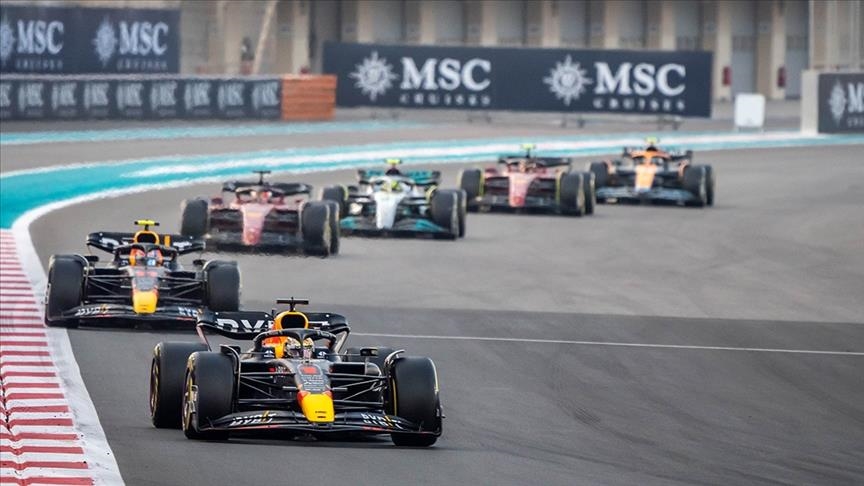

By Anadolu Agency
ANKARA
The 2023 Formula One World Championship, which will be the longest season in the organization’s history with 23 races this year, will start on Sunday.
The Bahrain Grand Prix will be the first leg of the season, which features the return of two Grand Prixes: Qatar and Las Vegas, with Vegas hosting for the first time since 1982.
Originally planned to be 24 races, the organization decided to cancel the Chinese Grand Prix due to organizational difficulties stemming from the coronavirus outbreak.


New changes in 2023 F1
This season will see the number of sprint races, first held in 2021, increased from three to six.
In the Azerbaijan, Austria, Belgium, Qatar, US, and Brazil GPs, qualifying tours will be held on the first day of the weekend, followed by sprint races on the second day.
Changes to rules concerning the drag reduction system (DRS) will also be tested in these sprints.
Racers will be allowed to activate their DRS just one lap into the sprint, sooner than the previous two-lap limit, or after the safety car leaves the track.
This change will apply to all races from 2024 if the trial period is successful.
A “revised qualifying format” will also be introduced this year, under which drivers will have to use hard tires in the first session of qualifying, medium tires in the second session, and soft-rubber tires in the third session.
In addition, there will be size changes in cars to resolve an issue known as “porpoising,” an aerodynamic bouncing motion in today’s generation of F1 vehicles when they are pushed away from the ground.
Specs for rear view mirrors, were also increased to 20 by 6 centimeters (about 7.8 to 2.4 inches).
After a crash involving the Alfa Romeo team’s driver Zhou Guanyu at Silverstone Track last season, the roll bar of vehicles has also been strengthened.
The R&D and production budget, which was $140 million last season, was lowered to $135 million for this year.
Additional spending entitlements granted to teams if the schedule exceeds 21 races, meanwhile, was increased from $1.2 million to $1.8 million per race due to inflation.
The allowance allocated per team for each sprint weekend was also increased from $150,000 to $300,000.
We use cookies on our website to give you a better experience, improve performance, and for analytics. For more information, please see our Cookie Policy By clicking “Accept” you agree to our use of cookies.
Read More